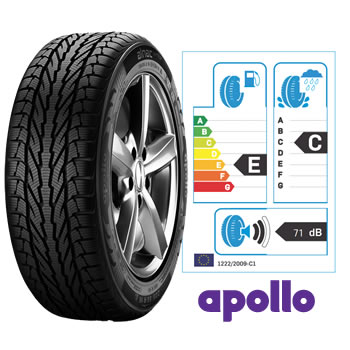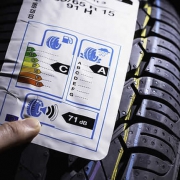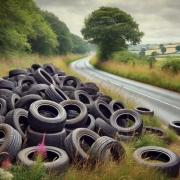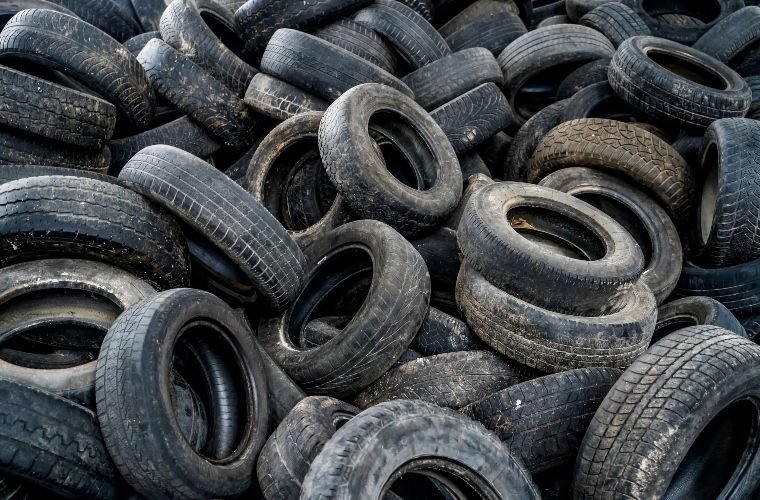Tyre labelling: good for the motorist
Table of Contents
Tyre labelling

Tyre labelling is too vague for modern tyres
See about the new 2021 tyre labelling
Tyre labelling
Eric Roberts’s insight:
Since this post was first released, I have now changed my opinion. As a result of tyre labelling. For this reason, at first, I did not think that the buying public. I would take any notice of the tyre grading’s. But now we are getting more drivers.
Comprehending Tyre Labelling: The Significance for Drivers
Overview
Now, everyone, let’s get started on a topic that has grown more and more crucial for those of us who drive: tyre labelling. I promise you that these labels are more than just a series of digits and letters, despite your initial thoughts that they’re just more information about the tyre.
They play a crucial role in ensuring that everyone drives effectively and safely. Additionally, understanding the meaning of your tyre label can be extremely beneficial given the unpredictability of the weather in Halifax and the UK.
Tyre Labelling: What Is It?
Giving us, the consumers, clear information about three important characteristics of a tyre’s performance—fuel efficiency, wet grip, and noise level—is the main goal of tyre labelling, which was mandated by the EU in 2012.
Consider it the tyre equivalent of the nutrition label on your beloved package of chips. This badge guarantees that you get the finest performance and safety features when purchasing new tyres by assisting you in making educated decisions.
The Three Crucial Tyre Labelling Aspects
- Turnoverty – Grade: A to G (A being the highest and G the lowest) – Value: There will be fewer journeys to the petrol station with a tyre that uses less fuel. This is something we can all appreciate, especially in light of the escalating expense of petrol. In the long run, an A-rated tyre can save you a lot more money than a G-rated one.
- Wet Grip – Importance: – Rating: A to G (A having the best grip, G the worst) Since the weather in Halifax changes more quickly than you can say “rain,” having a wet grip is essential. This rating indicates how well the tyre will function in rainy weather, lowering the possibility of aquaplaning and enhancing overall security.
- Level of Noise – Score: one to three sound waves, measured in decibels (one being the quietest)
Importance: Less noise pollution and a more comfortable ride are the results of quieter tyres. This can have a big impact on your driving experience if you drive a lot on motorways.
The Importance of Tyre Labelling
Prioritising Safety
Tyre labelling is primarily concerned with safety. In the UK, stopping distances are frequently encountered in wet conditions. In these circumstances, a high wet grip rating can greatly minimise them. It can ease your mind to know that your tyres are capable of handling heavy loads, particularly when travelling with loved ones or in the event of sudden downpours.
Conserving Cash
Who doesn’t enjoy putting money aside? Although fuel-efficient tyres may initially cost a little more, their lower fuel consumption can result in long-term cost savings. An further benefit is that they’re better for the environment.
Diminution of Noise
All of us have experienced driving on worn, noisy tyres that give the impression that you are in a jet rather than a vehicle. Choosing tyres with a low noise rating will greatly improve the enjoyment of your travels. If you drive through residential neighbourhoods late at night or early in the morning, it’s especially important to be mindful of your neighbours by making less noise.
Local View: The Driving Situation in Halifax
We get quite a bit of rain and snow on occasion here in Halifax. Our driving is made much more challenging by the hills and winding roads. Not only are tyres with outstanding wet grip and fuel efficiency ratings desirable, but they are also necessary. It makes the difference between feeling a little uneasy around every corner and manoeuvring those steep, rainy hills with assurance.
Final Thoughts
To put it briefly, everyone should be aware of tyre labels. Making wise decisions that keep us safe, save us money, and improve our driving experience is more important than merely following the law. Thus, the next time you’re looking to get new tyres, pay close attention to those labels. Your hearing, your wallet, and your mental health will all appreciate it.
Remember to stop by our garage if you have any issues regarding tyre labelling or need assistance selecting the appropriate tyres for your car. For all of your driving needs, we are always here to assist you in making the best decision. Halifax, drive carefully!
That are comparing the makes of tyres.
Thus, before they make their purchase,. Consequently, I did not think that this would ever happen. Therefore, I thought that most people would buy on price alone. But I admit that I was wrong.
I would say that out of all of our purchasing customers, about a third now compare the Tyre labelling, ratings. We now show all the different tyre labelling ratings of all the tyres that we offer on our website, so that our customers can look at the different labels and make a more informed choice of tyre for their cars.
Tyre labelling does not affect tyre virtues.
What do I mean ?
So, the big five tyre makers, have always been torn between two things: Good grip or high mileage. it is very difficult to get the correct balance, We all know about the Michelin “X” when it came out ? it knocked the socks off mileage compared to all the other manufacturers, but also became famous for not being very good in the wet.
This is a great example
of the imbalance that can take place between the two things that tyre makers are trying to achieve. With today’s modern tyre testing techniques, these companies have a much better chance of getting the balances correct. So much so that tyres can now be made for specific car models such as BMWs and Mercedes, which have their own specific ones to aid the cars performance.
What I am getting at is that, in my opinion, tyre labelling is not a good way of determining how good a tyre really is and is just another piece of bureaucracy that came from the European Union. The tyre companies are way ahead of these stupid labels, that really tell the motorist nothing. Also, how true is the tyre labelling on imported economy brands ?
Pellon Tyres is now a member of Tyresafe.org



